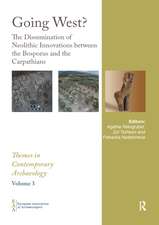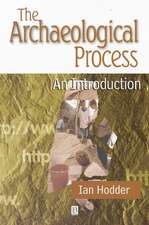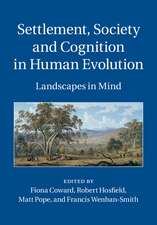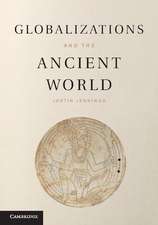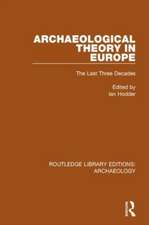Consciousness, Creativity, and Self at the Dawn of Settled Life
Editat de Ian Hodderen Limba Engleză Hardback – 5 mar 2020
Preț: 703.64 lei
Preț vechi: 790.60 lei
-11% Nou
134.65€ • 143.98$ • 112.26£
Carte disponibilă
Livrare economică 27 martie-10 aprilie
Specificații
ISBN-10: 1108484921
Pagini: 304
Ilustrații: 50 b/w illus. 3 tables
Dimensiuni: 183 x 260 x 22 mm
Greutate: 0.77 kg
Editura: Cambridge University Press
Colecția Cambridge University Press
Locul publicării:New York, United States
Cuprins
Recenzii
Descriere
Over recent years, a number of scholars have argued that the human mind underwent a cognitive revolution in the Neolithic. This volume seeks to test these claims at the Neolithic site of Çatalhöyük in Turkey and in other Neolithic contexts in the Middle East. It brings together cognitive scientists who have developed theoretical frameworks for the study of cognitive change, archaeologists who have conducted research into cognitive change in the Neolithic of the Middle East, and the excavators of the Neolithic site of Çatalhöyük who have over recent years been exploring changes in consciousness, creativity and self in the context of the rich data from the site. Collectively, the authors argue that when detailed data are examined, theoretical evolutionary expectations are not found for these three characteristics. The Neolithic was a time of long, slow and diverse change in which there is little evidence for an internal cognitive revolution.



